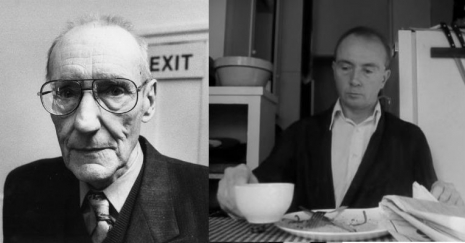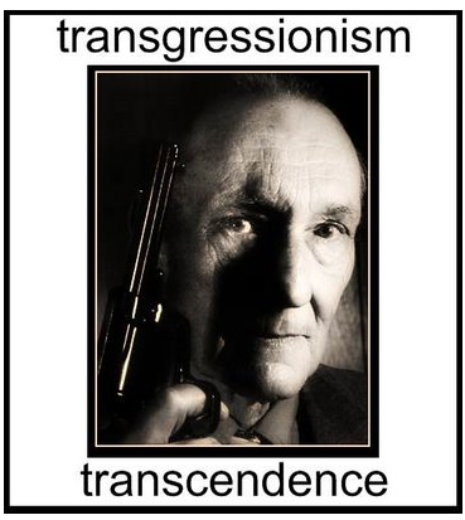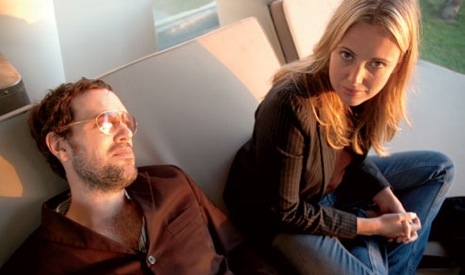
In Drugstore Cowboy, Gus Van Sant’s breakthrough 1989 portrait of junky culture, the appearances of William S. Burroughs as the older addict Tom inevitably lent a dose of reality to the proceedings. That movie, however, was not Van Sant’s first encounter (so to speak) with Burroughs. A decade earlier, Van Sant directed a short movie called “The Discipline of DE” that was an adaptation of a Burroughs story of the same name.
“DE” here stands for “Doing Easy” and is synonymous with zen practice applied to everyday existence. In the short film (9 mins.), Van Sant respectfully stays very close to the source material. The story, which is from Burroughs’ 1973 collection Exterminator!, actually is scarcely a story at all, it is more like a brief guide to zen practice. Burroughs introduces the reader to a figure that combines traditional values and the methodical military approach to life, 65-year-old Col. Sutton-Smith. After a reverie in his past the Colonel “is jolted back to THE NOW” as the predictable rhythms of some dreary short story suddenly snaps to the crisp how-to imperative statements of a self-help manual.
Midway through, Burroughs/Van Sant switches to the figure of “an American student” to illustrate the benefits of learning to stop fighting the seeming hostile intent of objects in our daily lives: “You will discover clumsy things you’ve been doing for years until you think that is just the way things are”—eventually you will attain “the final discipline of doing nothing.” The movie has something of the deadpan style of Jim Jarmusch, whose breakthrough feature Stranger Than Paradise came several years after this.
Van Sant’s mentor Ken Shapiro, who later directed the Chevy Chase vehicle Modern Problems, serves as the movie’s narrator—since much of the movie is excerpts from Burroughs’ story, that’s rather an important role in this instance.
In 1991 Van Sant told the magazine LA Style:
I believe the properly manipulated image can provoke an audience to the Burroughsian limit of riot, rampant sex, instantaneous death, even spontaneous combustion. ... The raw materials of inspiration include elements as primal and potentially frightening as violence, sex, and death—which have haunted us since we were reptiles slithering on the ground. Only in our dreams can we make the journey back through labyrinthine, DNA-encoded history to our fiery, barbaric origins. But the primitive world of blood and flame is still with us.
More after the jump…









